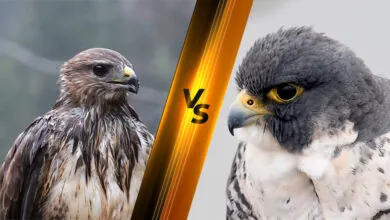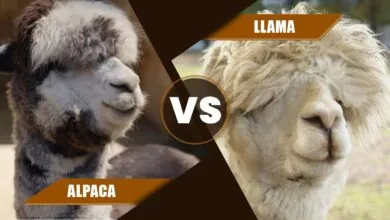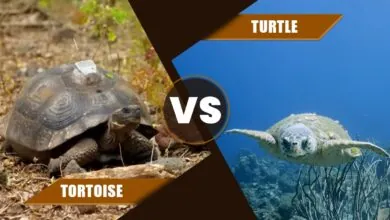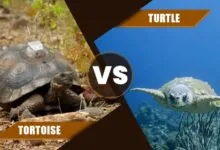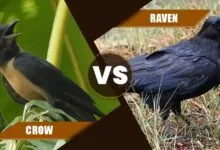Alligator vs. Crocodile Showdown: Unveiling the Freshwater Reign Supreme!
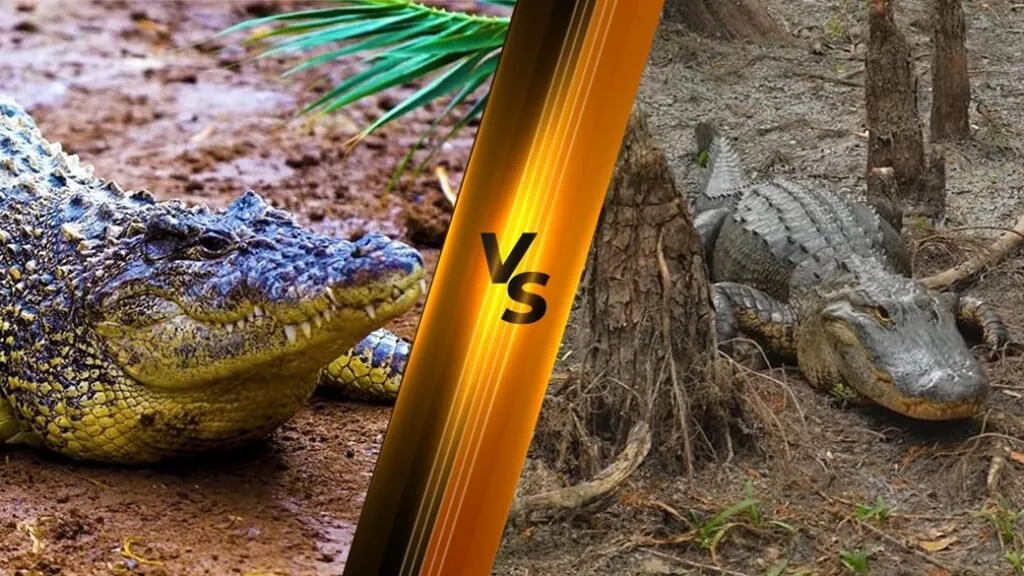
Envision standing on the brink of a serene wetland, the rays of sun reflecting off the water and you pinpoint a reptilian snout and a pair of eyes peering from the surface. Your heartbeat accelerates: is it a crocodile or an alligator? While both appear identical to the untrained eye, they’re worlds apart in multiple aspects. Join us as we navigate the waters of distinction on the part of alligator vs. crocodile.
| Attribute | Alligator | Crocodile |
|---|---|---|
| Scientific Name | Alligator | Crocodylus (for the true crocodiles) |
| Number of Species | 2 (American and Chinese) | About 23 (depending on classification) |
| Length | Up to 4.5 meters (American alligator) | Up to 7 meters (saltwater crocodile) |
| Weight | Up to 1,000 lbs (American alligator) | Up to 2,200 lbs (saltwater crocodile) |
| Top Speed | 20 mph (in water) | 10-12 mph (in water) |
| Habitat | Freshwater habitats | Freshwater and saltwater habitats |
| Prey / Diet | Fish, mammals, birds, amphibians, etc. | Fish, mammals, birds, etc. |
| Bite Force | Up to 2,125 psi | Up to 5,000 psi |
| Lifespan | 35-50 years (in the wild) | 70-100 years (in the wild) |
| Distinctive Feature | U-shaped snout; mostly hidden teeth when mouth is closed | V-shaped snout; teeth visible when mouth closed |
| Conservation Status | American alligator is Least Concern; Chinese alligator is Critically Endangered | Varies (e.g., Saltwater crocodile is Least Concern) |
In conjunction with the most fascinating reptiles on our planet, the alligator having broader snout and freshwater preference and crocodile with its V-shaped snout and saltwater inclination outshine the rest. In addition to the enrichment of our appreciation for biodiversity, recognizing the distinctive features and behaviors of each creature helps in their conservation.
Cultural and Historical Significance
Ancient Myths, Folklore, or Stories
These creatures have been a staple in folklore from ancient Egyptian reverence for Sobek, the crocodile god, to Native American tales of alligators as earth creators.
The Significance in Various Cultures
In ancient Egypt, crocodile was regarded as a protector; on the flip side, certain Native American tribes saw the alligator as a symbol of status and power.
Physical Characteristics
It’s, most often than not, the physical characteristics that blur the alligator vs. crocodile difference. Let’s have a crystal clear vision at the difference between alligator and crocodile.
Size
Alligators typically have the length of 10-15 feet, whereas some crocodile, one of the most dangerous animals in the world, can reach up to 20 feet.
Coat
Alligators showcase a darker, close to black hue, while crocodiles lean towards an olive-green or brown shade.
Distinctive Features
Alligators feature a U-shaped snout, with the upper teeth overlapping the bottom set. Crocodiles, on the other hand, have a V-shaped snout and their upper and lower teeth interlock when they close their mouths.
Habitat and Distribution
Alligators primarily dwell in freshwater swamps and lakes in the southeastern US and China. Crocodiles, one of the most dangerous animals in the world, can be located in both freshwater and saltwater areas across Africa, Asia, the Americas and Australia. When it comes to the range and territories, alligators have a more confined range, while crocodiles inhabit in a vast variety of habitats and regions.
Behavior and Lifestyle
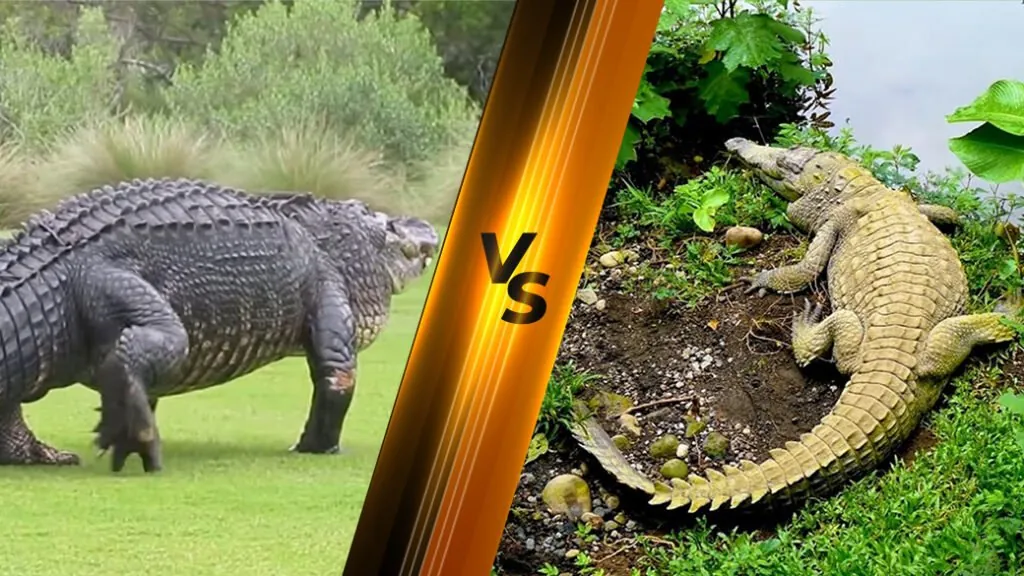
Social Behavior
Crocodiles, often observed basking in spaced-out groups, are particularly territorial and aggressive. Alligators, conversely, showcase lower ferocity, particularly towards humans and can converge in closer clusters in warm waters.
Hunting Techniques
Both creatures, utilizing a sit-and-wait strategy, are adept ambush predators. Predominantly, they consume birds, fish and small mammals but larger individuals can cope with bigger prey.
Diurnal vs. Nocturnal Activities
Primarily nocturnal hunters, both alligators and crocodiles can also be seen during the day, basking to regulate body temperature or patrolling grounds.
Speed and Strength
Swimming Capabilities
When we spotlight the notion of alligator vs. crocodile with reference to the swimming capabilities, we come to know that it is their streamlined bodies and muscular tails helpful in navigating aquatic terrains with ease that make both creatures exceptional swimmers. Crocodiles, especially saltwater crocodile, can achieve slightly higher speeds thanks to their robust tails.
Predatory Techniques and Prey Preferences
“Death roll” technique is what both alligators and crocodiles utilize for subduing and dismembering larger prey. The powerful roll of them disorients and tears apart their catch. Their prey preferences stretch as they grow, starting from a diet of small fish, insects and amphibians to birds, larger fish and mammals including antelopes.
Conservation Status
Current IUCN Status
With respect to the conservation status of crocodile, most species are at some risk, with a few being critically endangered. Chinese crocodiles are critically endangered, while alligators, once endangered, have made a successful comeback.
Threats
Owing to hunting for their skins and habitat loss, American alligators encountered severe threats. While they’ve recovered significantly, still threats like habitat fragmentation, pollution and direct conflict with humans persist.
Different species of crocodile encounter various threats, but some analogies encompass illegal hunting for their skin, habitat destruction and human-wildlife conflict.
Conservation Efforts
On the part of American alligator, legal protections have been put in place against hunting; in addition to this, preservation initiatives have been established. To protect the Chinese alligator, conservation breeding programs have been initiated, focusing on reintroducing them into the wild.
Conservation strategies, with regard to crocodiles, differ build upon the species and region but often encompass legal protections against hunting, community-based conservation initiatives that focus on mitigating human-wildlife conflict and the establishment of protected areas or sanctuaries.
In Popular Culture
Movies
“Lake Placid” (1999) features a giant, man-eating crocodile frightening a community.
“Crawl” (2019) showcases alligators threatening a father and daughter during a hurricane.
“Rogue” (2007) revolves around a massive crocodile hunting a tour group stranded on an island.
Books
“Swamp Thing” is a renowned comic series by DC Comics where the primary character has some interlinking with the swamp and its creatures, encompassing alligators.
“The Enormous Crocodile” by Roald Dahl unfolds the tale of a wicked crocodile having a penchant for for snaking on children but encounters his match in the jungle animals.
Documentaries
“Crocodile Hunter” (1996-2004) was a renowned series whereby Steve Irwin – the famous Australian wildlife expert – introduced viewers to crocodiles and other wildlife.
“Secret Life of the Crocodile” on BBC dives into the world of crocodiles, uncovering their life in the wild.
“Realm of the Alligator” by National Geographic unfolds the world of alligators in the Okefenokee Swamp.
Symbolic Meanings
When it comes to alligator vs. crocodile, the symbolic meanings these creatures carry are also worth-pondering. Both animals are most often than not regarded as symbols of patience, power and ancient wisdom, with crocodiles, on top of that, embodying deceit in some cultures.
